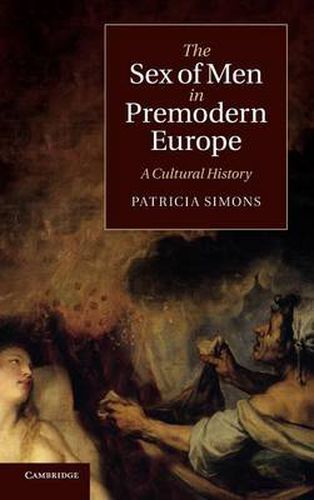Readings Newsletter
Become a Readings Member to make your shopping experience even easier.
Sign in or sign up for free!
You’re not far away from qualifying for FREE standard shipping within Australia
You’ve qualified for FREE standard shipping within Australia
The cart is loading…






How were male bodies viewed before the Enlightenment? And what does this reveal about attitudes towards sex and gender in premodern Europe? This richly textured cultural history investigates the characterization of the sex of adult male bodies from ancient Greece to the seventeenth century. Before the modern focus on the phallic, penetrative qualities of male anatomy, Patricia Simons finds that men’s bodies were considered in terms of their active physiological characteristics, in relation to semen, testicles and what was considered innately masculine heat. Re-orienting attention from an anatomical to a physiological focus, and from fertility to pleasure, Simons argues that women’s sexual agency was perceived in terms of active reception of the valuable male seed. This provocative, compelling study draws on visual, material and textual evidence to elucidate a broad range of material, from medical learning, high art and literary metaphors to obscene badges, codpieces and pictorial or oral jokes.
$9.00 standard shipping within Australia
FREE standard shipping within Australia for orders over $100.00
Express & International shipping calculated at checkout
How were male bodies viewed before the Enlightenment? And what does this reveal about attitudes towards sex and gender in premodern Europe? This richly textured cultural history investigates the characterization of the sex of adult male bodies from ancient Greece to the seventeenth century. Before the modern focus on the phallic, penetrative qualities of male anatomy, Patricia Simons finds that men’s bodies were considered in terms of their active physiological characteristics, in relation to semen, testicles and what was considered innately masculine heat. Re-orienting attention from an anatomical to a physiological focus, and from fertility to pleasure, Simons argues that women’s sexual agency was perceived in terms of active reception of the valuable male seed. This provocative, compelling study draws on visual, material and textual evidence to elucidate a broad range of material, from medical learning, high art and literary metaphors to obscene badges, codpieces and pictorial or oral jokes.